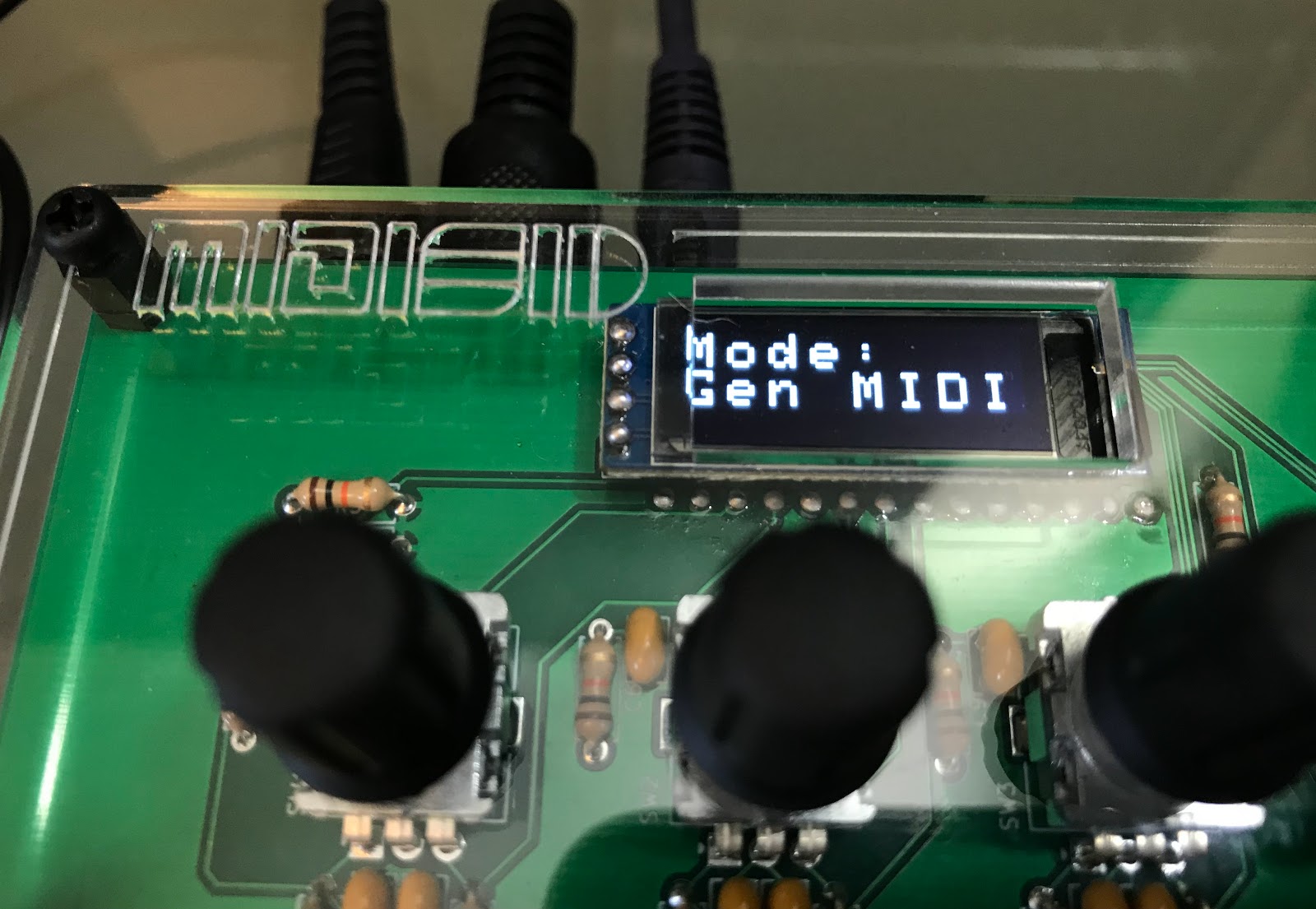Echoes on Stone Walls by Autumn Altair, entire album rendered by dual-SIDs using MIDISID

Last year, Autumn Altair published Echoes on Stone Walls . It is "is the soundtrack to a DOS game that doesn't exist". For a limited time it was available on floppy disc but even if you only buy the album digitally, you still get the .mid files as well as audio. I love the album, I love Skoddie's compositions - I like the way they play with time signatures and cross-rhythms, and the way they use all of the sounds/instruments available, particularly the percussion. I love the fact that it was published as MIDI. Using a notation editor to read the music while listening really does enhance your appreciation of the music. Making the tracks work with MIDISID wasn't straightforward. They weren't written with six voices in mind, so in some cases I've had to edit them down or at least make sure that the important parts are heard. Some of the instruments play chords, eg harp and harpsichord. In some cases I've spread out those parts over multiple channels so t
